31+ Historically Accurate Movies That Got It Right
Whenever the words “based on a true story” are at the start of a movie, it’s hard not to get a little suspicious. Most Hollywood movies are going to take some dramatic liberties with historical events, whether it’s to make them more interesting to watch or to make a complex chain of events more digestible.
So stories get changed, plot points that didn’t happen are added, and multiple people that a historical figure knew are compressed into one composite character. But while almost all biopics and historical movies are guilty of this to some extent, not all of them play so fast and loose with the facts. So we’re celebrating the ones that got as much right as possible. Read on to learn more about these historically accurate films.
Barry Lyndon (1975)
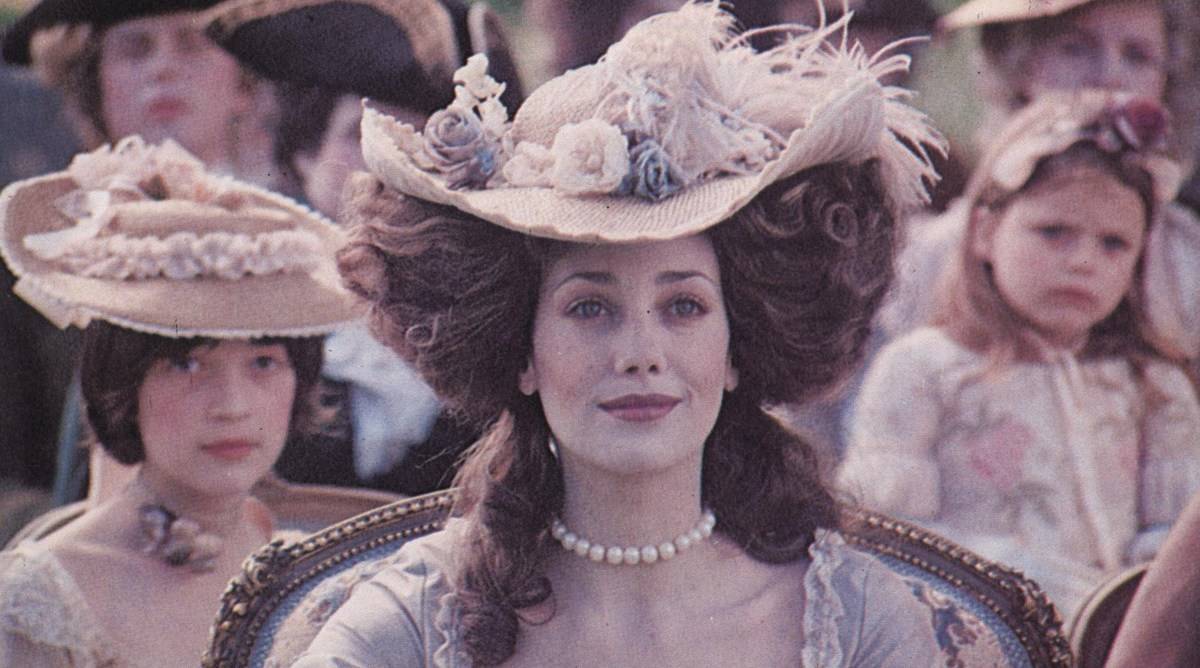
True to his famously obsessive nature, Stanley Kubrick took great pains to ensure that everything we see in this Seven Years’ War epic looked as it would have about 200 years prior.
To give just a few examples, Jana Branch & John Izod wrote in the 2003 fall issue of Kinema that Barry Lyndon was shot on location in authentic great houses, and the actors wore fabrics that matched historical portraits and would have been in use at the time. Even the lighting was period-appropriate.
Apollo 13 (1995)

Ron Howard’s meticulously researched and detailed Apollo 13, which faithfully retold the events of NASA’s near-tragedy, is generally regarded to be one of the most accurate space movies ever made.
Production staff had access to NASA mission transcripts and technical advisers, while scenes shot on the KC-135 “vomit comet” aircraft allowed for scenes to be shot in zero gravity without using any special effects.
Rush (2013)
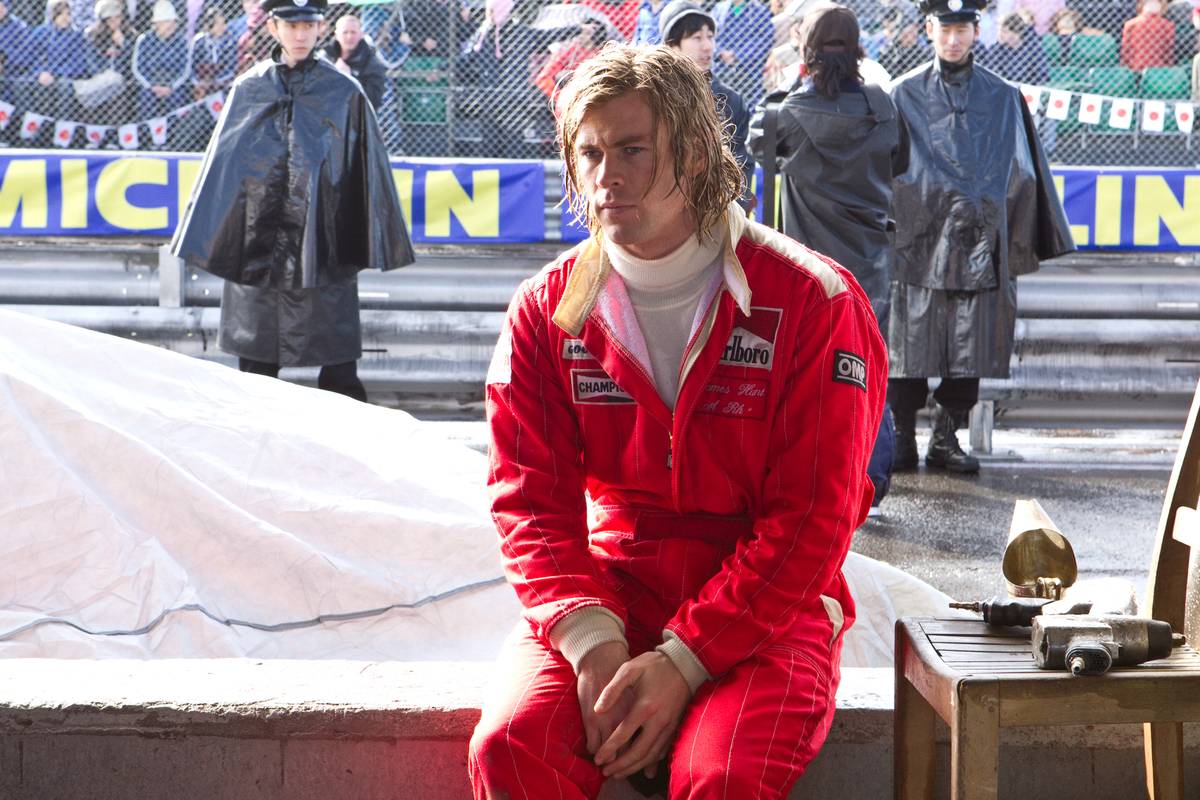
The film Rush details the real-life rivalry between Formula 1 racecar drivers James Hunt and Niki Lauda. The website Information Is Beautiful said the film largely depicts the drivers’ skills and knowledge, their respective arrogance, and levels of fame during the 1970s accurately.
The same was true of Lauda’s relationship with his wife Marlene, barring some speculation about their private conservations.
12 Years a Slave (2013)
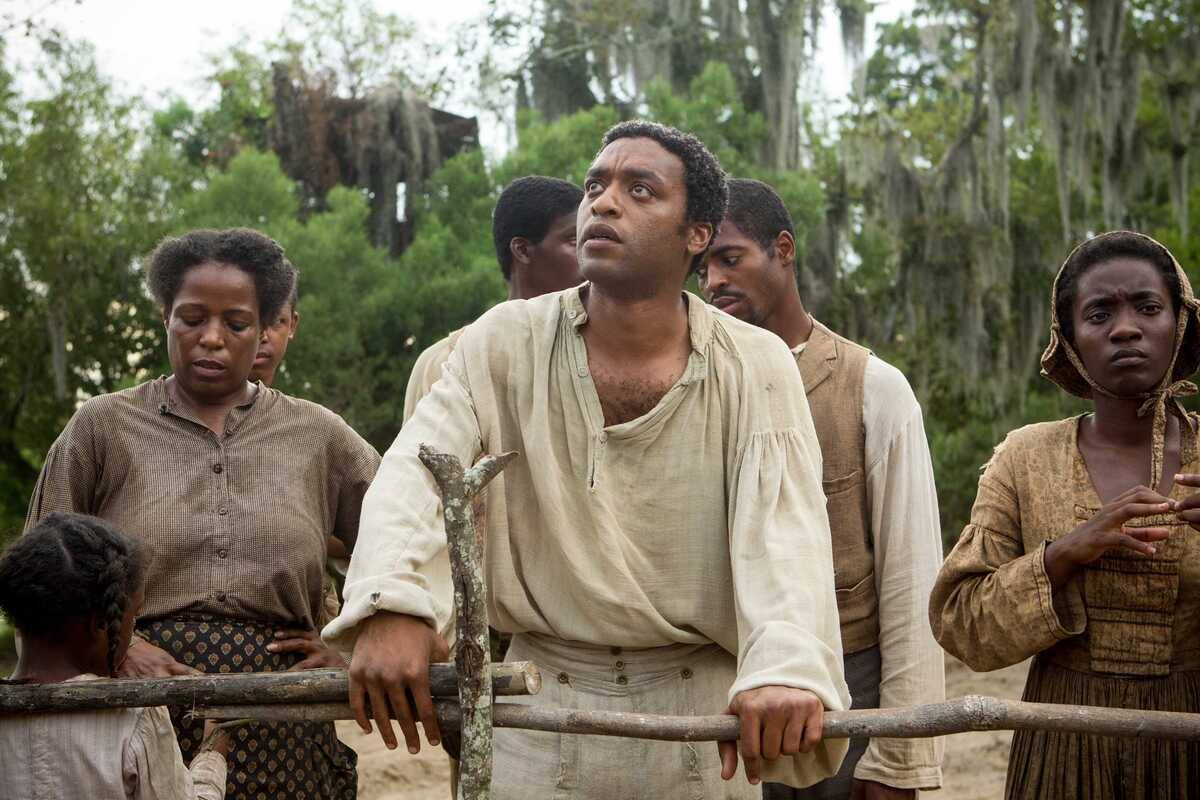
Solomon Northrup, a free Black man who was kidnapped and sold into slavery, authored his memoir, 12 Years a Slave, in 1853. A century and a half later, the memoir was brought to life with director Steve McQueen’s acclaimed film of the same name.
In many cases, the screenplay incorporates the original language used in the memoir, which gives the scenes in the film a raw authenticity, since they were taken directly from someone who lived through the harrowing experience.
Lincoln (2012)
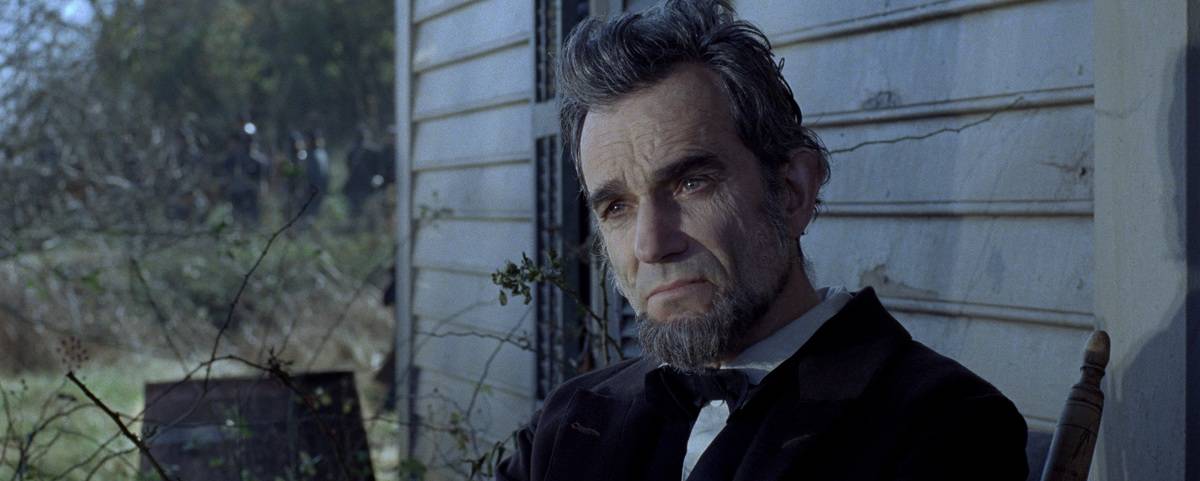
While historian and author Ronald White wouldn’t say that “every word” of Lincoln is true, he said it got the “dramatic core” of the months spent getting the Constitution’s 13th Amendment passed right. Particular highlights included the film’s depiction of William Seward’s lobbying efforts and how it characterizes abolitionist Thaddeus Stevens.
And, of course, Daniel Day-Lewis’ portrayal of Abraham Lincoln was about as perfect as it gets. White said Day-Lewis even walked and talked like Lincoln actually would have.
Downfall / Der Untergang (2004)
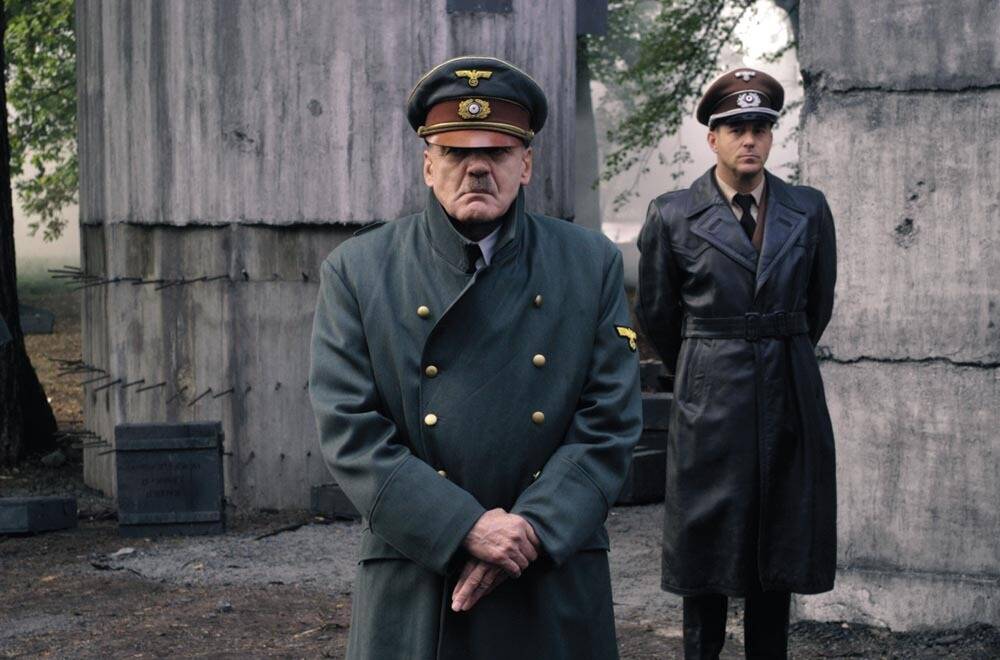
This film uses the memoirs of Hitler’s personal secretary, Traudl Junge, as its source material and seeks to reconstruct the final ten days of Hitler’s life in his Berlin bunker.
The claustrophobic set design, accurate and period-appropriate uniforms, and Bruno Ganz’s intense portrayal of Hitler, all combine to vividly retell — as accurately as possible — the dictator’s downfall.
Master And Commander: The Far Side Of The World (2003)
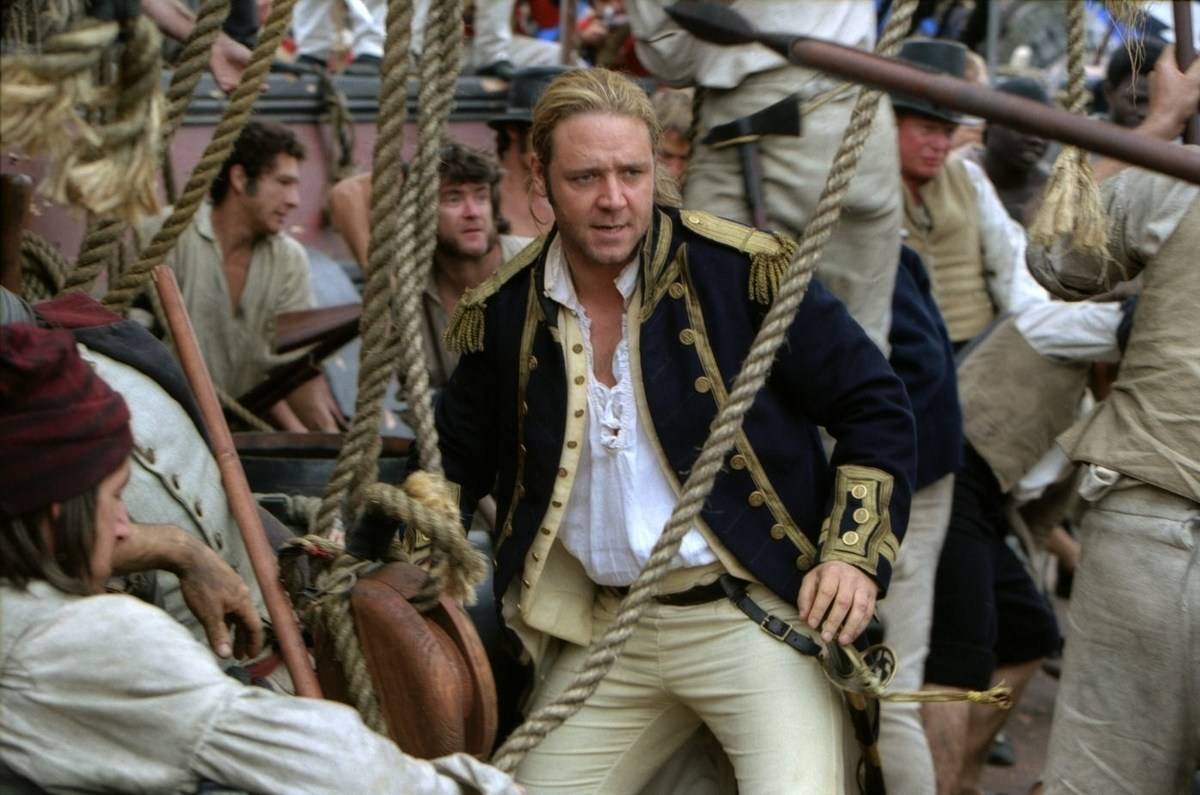
In an ironic twist, Master And Commander: The Far Side Of The World may be more accurate to the naval military history of the early 19th century than it is to the fictional novel it’s based on.
That’s because the plot was changed, but the details of the ship they’re on, the costumes they’re wearing, and even the surgical tools used on a 13-year-old midshipman were identified as historically accurate in a New York Times review by Jason Epstein.
Schindler’s List (1993)

While Steven Spielberg’s seminal Schindler’s List fictionalizes small details, it’s still largely faithful in its retelling of Oskar Schindler, a German industrialist who saved over a thousand Jews from extermination by employing them in his factories.
Because the film was shot while many Holocaust survivors were still alive, Spielberg and other film crew were able to work extensively with these survivors, using their firsthand accounts to inform the film’s direction.
The Witch (2015)

In addition to being a widely acclaimed horror film, The Witch has also been renowned for its historical accuracy. As Merrill Fabrey wrote in TIME, this was particularly reflected in the film’s depiction of the Puritan character of 17th-century New England and its scarcity.
The fears and frustrations of the film’s characters were based on primary sources from the period, and director Robert Eggers used only natural light and candlelight while filming.
The Right Stuff (1983)
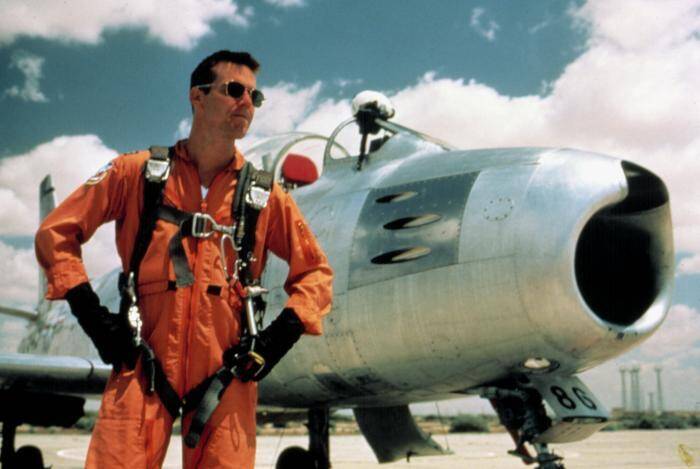
Based on Tom Wolfe’s thrilling nonfiction book of the same name, The Right Stuff offers a sweeping account of the early days of the U.S. space program, from jet test pilots all the way up to the “Mercury Seven” — America’s first group of astronauts.
The film hews close to documentary style at times, and never strays far from the real historical events that shaped the early days of spaceflight.
All Quiet On The Western Front (2022)
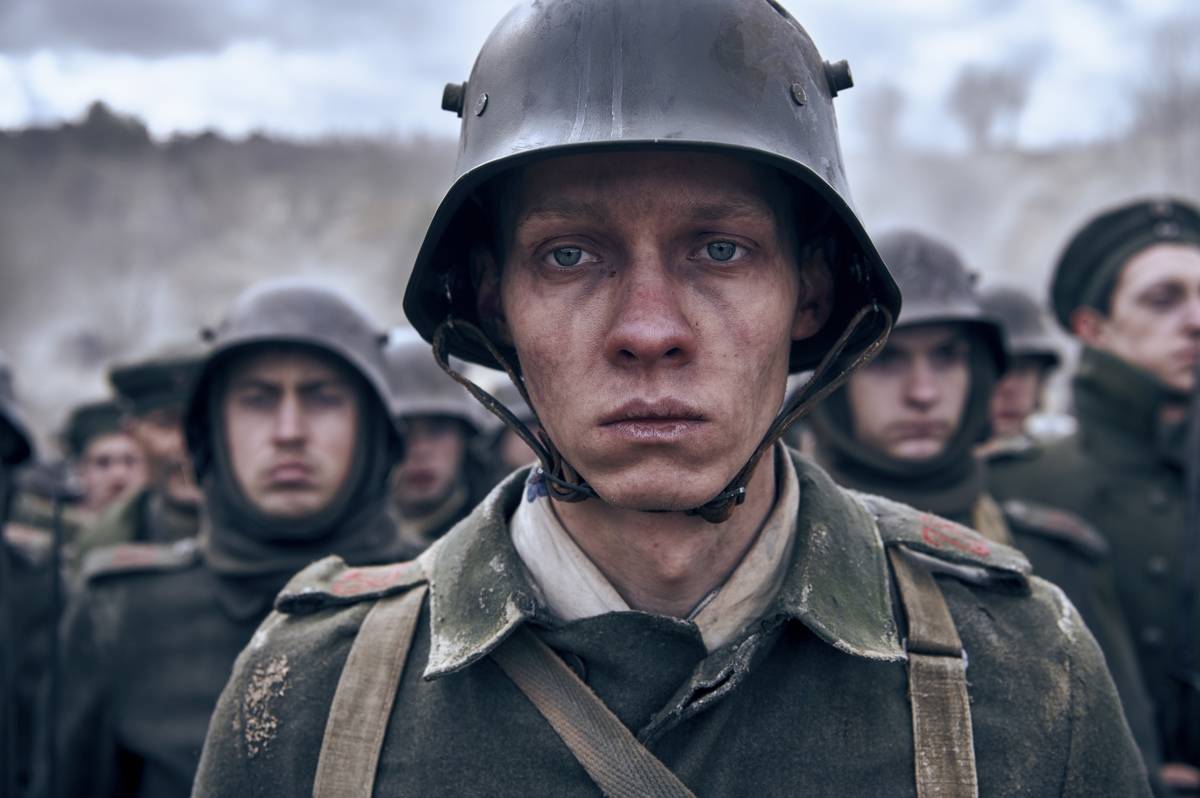
- Amusement Park Films/Netflix via MovieStillsDb
Although the characters in All Quiet On The Western Front didn’t exist, they are meant to represent the average soldier during World War I. And both the film and its literary source material depict those soldiers’ experiences as accurately as it gets due to the original author’s experiences.
According to Smithsonian Magazine, that’s because author Erich Maria Remarque had based his main character Paul Baumer’s first-person narrative on his own experiences fighting in the trenches.
A Man for All Seasons (1966)
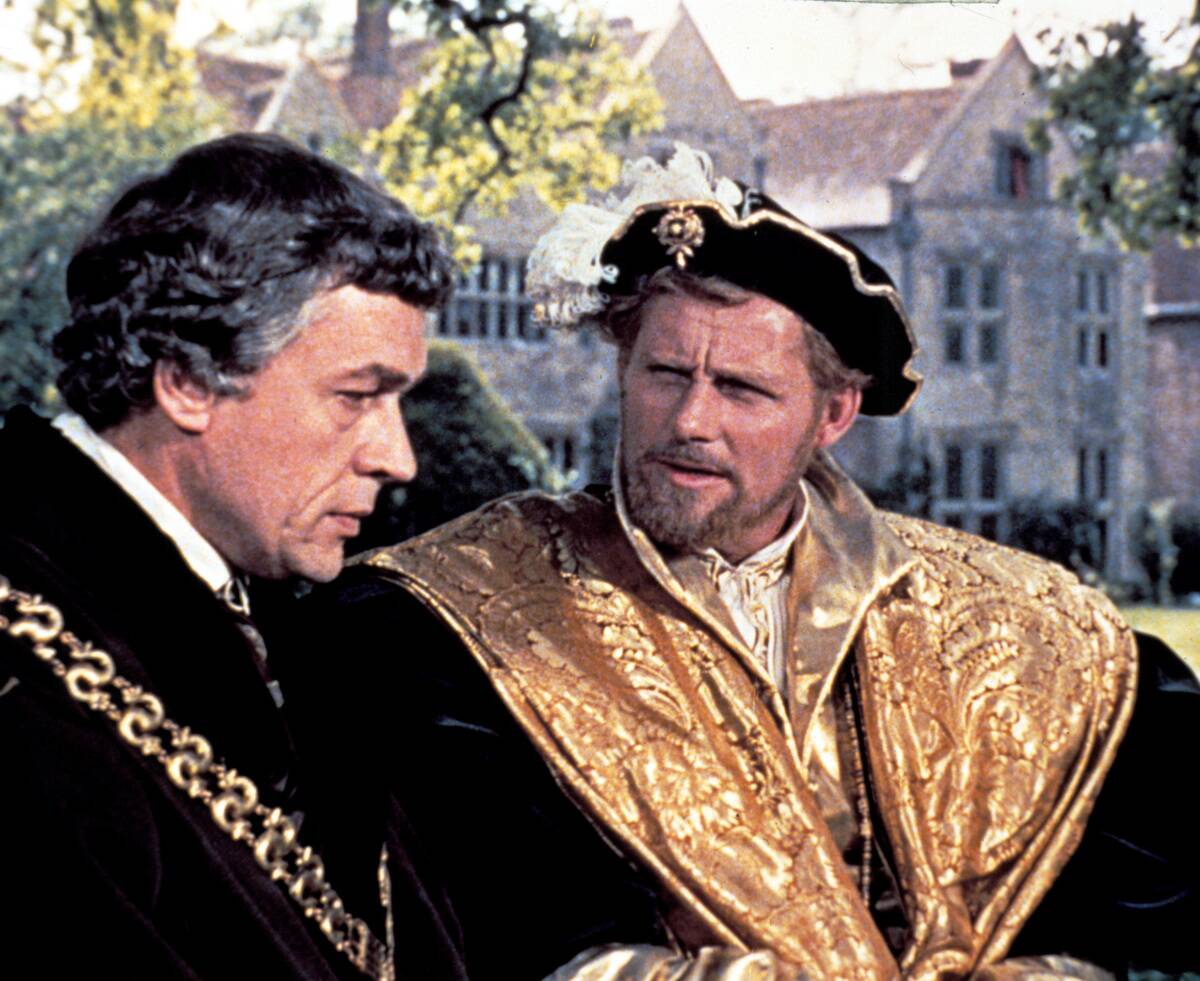
This largely forgotten classic is based on a stage play and tells the story of Sir Thomas More’s moral and legal struggle against King Henry VIII’s attempts to annul his marriage.
While it’s depicting historical events that are centuries in the past, the film still does an admirable job in capturing the political and religious turmoil that shaped England in the early 16th century.
The Death of Stalin (2017)

Although The Death of Stalin speeds up its version of the real-life aftermath of Josef Stalin’s death, the most seemingly unbelievable moments in the movie were actually among the most historically accurate.
As Ellin Stein of Slate wrote, Radio Moscow really did have a whole concerto repeated on the same night and got musicians out of bed because Stalin wanted a recording. Other examples include Stalin’s death prompting the same chaotic mess of doctors and party members that the film depicts and Lavrentiy Beria being every bit as monstrous as he came across in the movie.
The Last Emperor (1987)
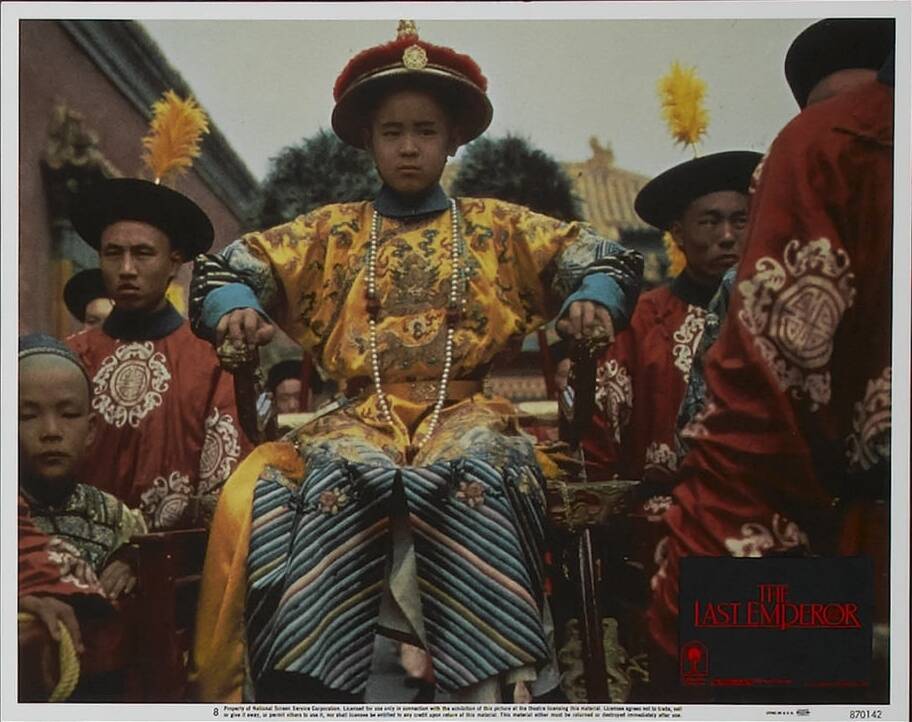
The life of Puyi, China’s last emperor, is retold in this 1987 film that was directed by Bernardo Bertolucci. The historical epic was produced with the cooperation of the Chinese government, which allowed access to locations like Beijing’s Forbidden City.
The film closely follows Puyi’s real memoirs and, where the memoirs are lacking, relies on extensive research into his life. While minor characters are fictionalized, the broad strokes are all historically grounded.
Tora! Tora! Tora! (1970)

Detailing the final diplomatic talks and plans leading up to the infamous attack on Pearl Harbor before depicting the event itself, Tora! Tora! Tora! is widely regarded as one of the most historically accurate films of all time.
Boston University’s International History Institute also credits the film for correcting the historical record of American military officials like General Walter Short and Admiral Husband E. Kimmell.
Letters from Iwo Jima (2006)
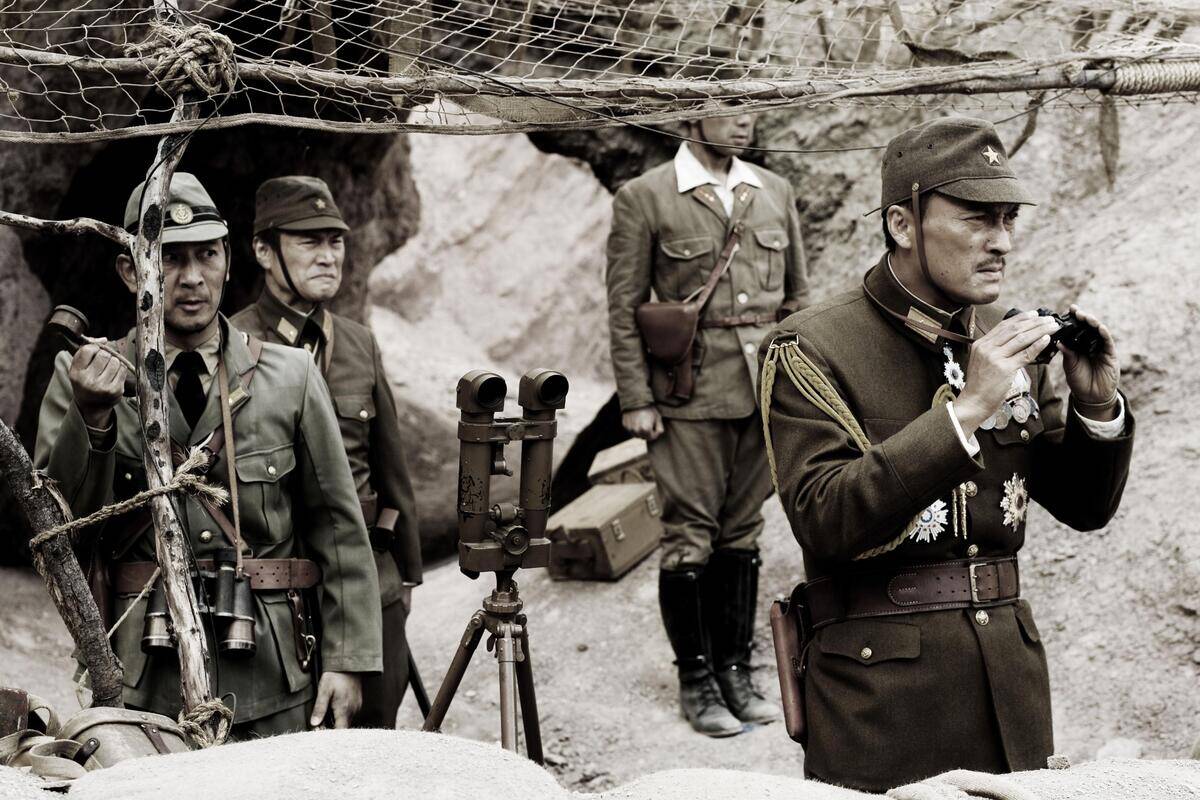
Clint Eastwood’s 2006 war film, Letters from Iwo Jima, offers a perspective not often seen in American depictions of World War II: The view of the fighting from a Japanese perspective.
To achieve this, Eastwood relied on historical records, including letters and diaries from the Japanese troops who fought at Iwo Jima, particularly General Tadamichi Kuribayashi, who was tasked with defending the island from American forces.
Grave of The Fireflies (1988)

Grave of The Fireflies was based on the book of the same name by Akiyuki Nosaka. Its accuracy in depicting the horrors, uncertainty, and scarcity that marked life in Japan during World War II is dead-on for a profoundly sad reason.
Namely, Nosaka based the book on his own experiences during that time. As Teresa Marasigan of Esquire wrote, the book was Nosaka’s way of processing his guilt after losing his younger sister to starvation when he was 14 years old.
Cromwell (1970)

The life of Oliver Cromwell, and the English Civil War that he sparked, is a fascinating chapter of European history — and 1970’s Cromwell, starring Richard Harris in the titular role, presents various historically accurate events.
While the film, like many others, dramatizes some events, the depiction of Cromwell himself — especially his religious fanaticism and moral conviction — is rooted in historical accounts.
Selma (2014)
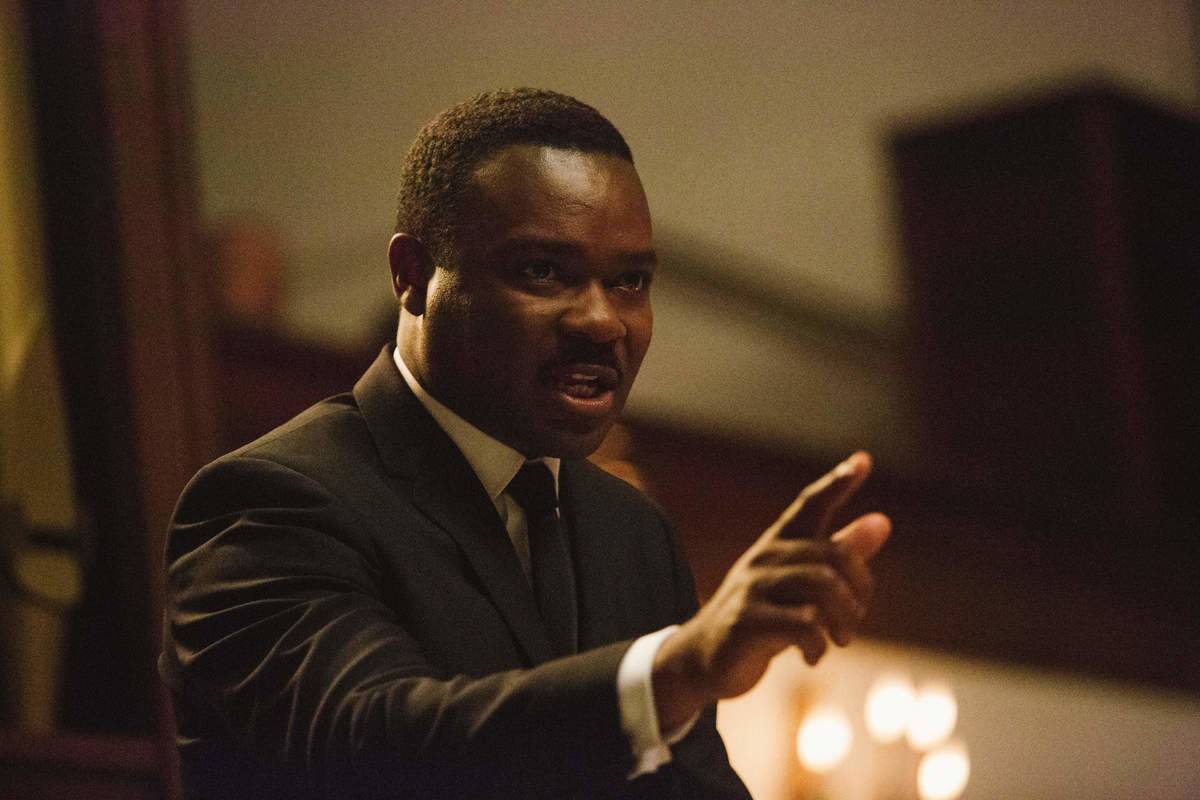
- Pathé/Paramount Pictures via MovieStillsDb
The Martin Luther King biopic Selma was identified by the website Information Is Beautiful as depicting the Civil Rights Movement and Dr. King’s involvement in it about as accurately as a movie can.
From his call to Mahalia Jackson for a soothing song to the threatening phone calls he received to his clashes with J. Edgar Hoover and Lyndon B. Johnson, both what happened in his life and who was around when it happened are true to the actual events.
Hotel Rwanda (2004)
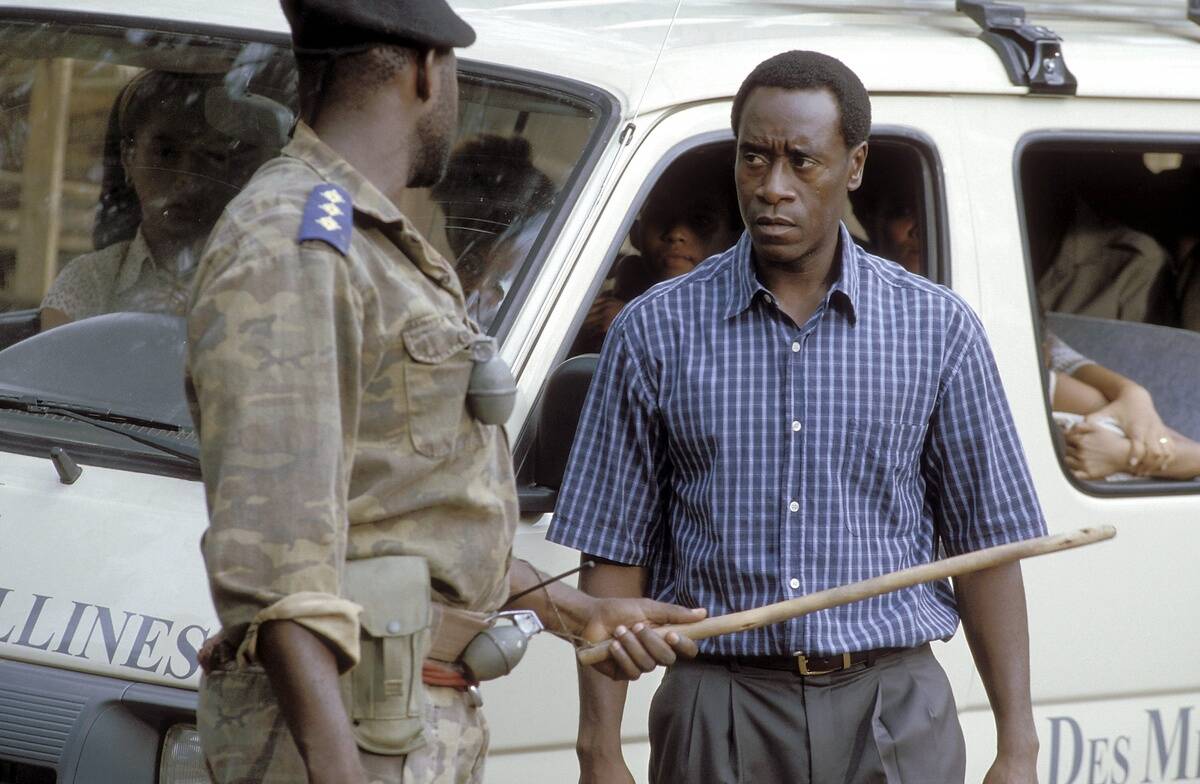
This moving portrayal of the 1994 Rwandan genocide follows the story of Paul Rusesabagina, a hotel manager who sheltered over a thousand Tutsi refugees during the violent ethnic conflict.
The film offers a human-level perspective of the conflict, showing its effects on the populace of Rwanda, while also zooming out to depict the international community’s indifference to the tragedy.
We Were Soldiers (2002)
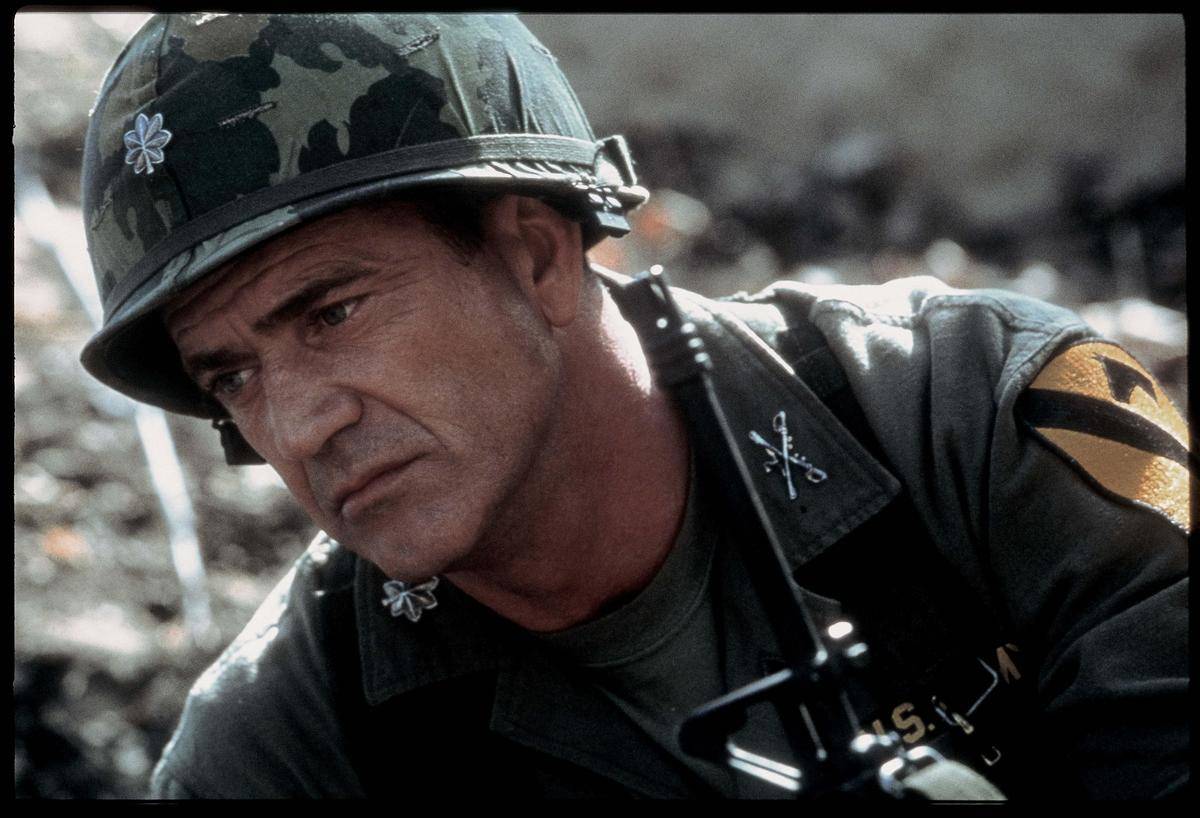
We Were Soldiers, depicting U.S. forces’ first major battle during the Vietnam War, is considered a notable exception to Mel Gibson’s track record of iffy historical performances.
However, the accuracy of this film seems to depend on who you ask. Because while Lieutenant Colonel Hal Moore (who Gibson played) told US News that he considered the movie 60% accurate, his former comrade-in-arms Joe Galloway argued it was closer to 80%.
United 93 (2006)

It didn’t take long after the events of September 11th for the first movies to come out depicting the tragedy, and United 93 — released in 2006 — is hailed as an accurate, realistic, and respectful depiction of one aspect of September 11th.
The film focuses on the passengers of United Airlines Flight 93, who worked together to retake control of the plane from hijackers after hearing about the attacks elsewhere. The film was made with the blessing of many family members of those who were lost.
Black Robe (1991)
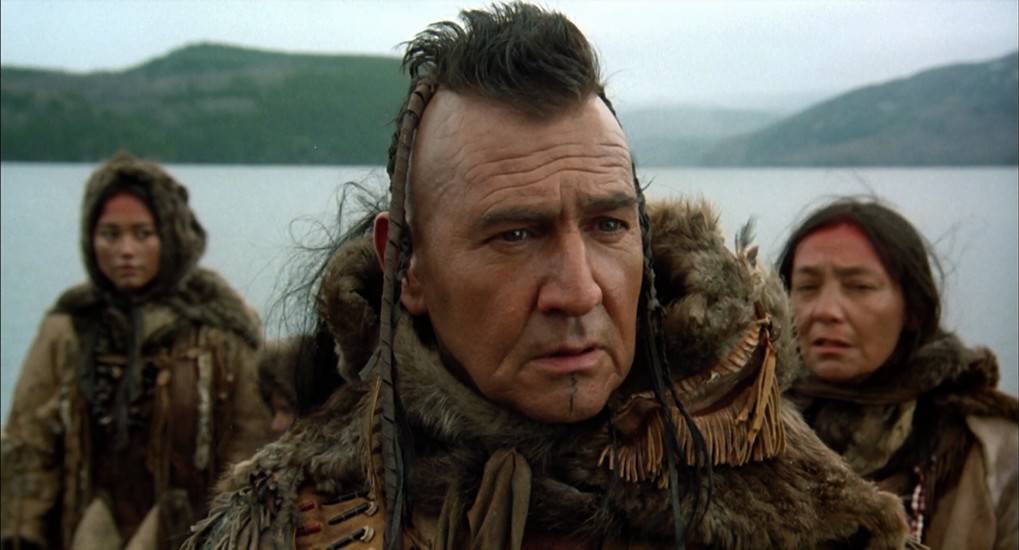
The 1991 film Black Robe is based on Brian Moore’s novel of the same name, telling the story of a Jesuit missionary traveling through the harsh wilderness to find New France with the help of the Algonquin people.
The film was praised for its depiction of natives and the relationships between various tribes in the area at the time, in the 17th century. Upon its release, Black Robe won a Genie Award for Best Motion Picture.
Gandhi (1982)

This portrayal of the life of Mahatma Gandhi is energized by Ben Kingsley’s magnetic performance as Gandhi. It tells a sweeping story, from Gandhi’s early years in South Africa to his fight for Indian independence to his eventual assassination in 1948.
While some events are condensed, the film hits most of the noteworthy events of Gandhi’s life, including the Salt March, the Quit India Movement, and the partition of India.
Saving Private Ryan (1998)

Although it may seem strange to describe a movie centered around a group of fictional characters as “historically accurate,” that description has more to do with the setting than the plot.
Saving Private Ryan featured a harrowingly realistic portrayal of what it was like to storm the beaches of Normandy on D-Day. According to The Los Angeles Times, the Department of Veterans Affairs had already fielded well over 100 requests for counseling just two weeks after the movie hit theaters.
Paths of Glory (1957)
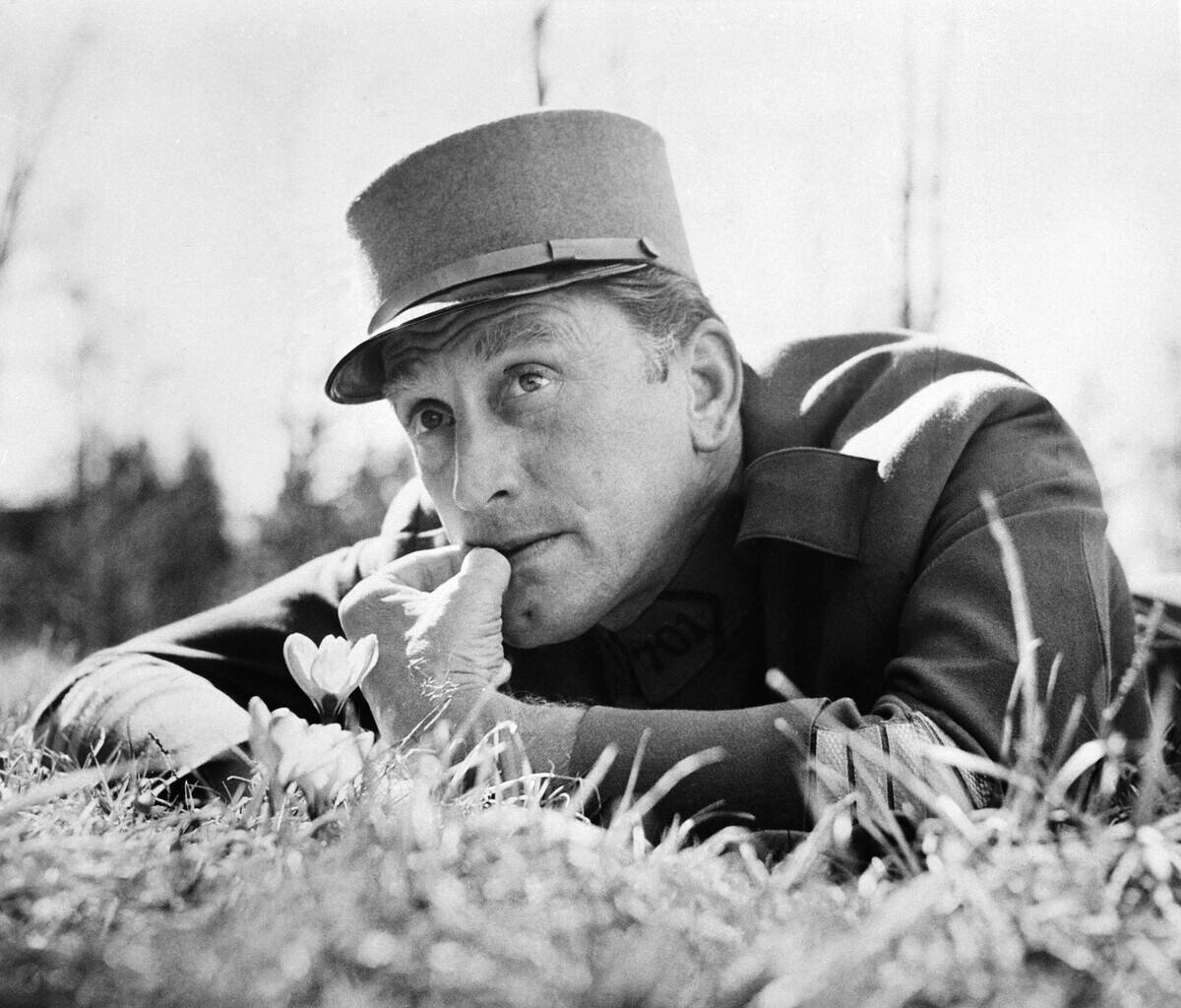
Stanley Kubrick’s thoughtful anti-war film Paths of Glory is successful in delivering a stark and historically accurate portrayal of trench warfare during World War I. The fact that the movie was released in the midst of the Cold War, at a time when World War II and the Korean War were still in recent memory, made it deeply affecting.
Kubrick based the film on the 1935 novel by Humphrey Cobb, and follows a group of French soldiers who are ordered to attack German troops. The period details — notably the uniforms and military procedures — are all deeply accurate.
Gangs of New York (2002)
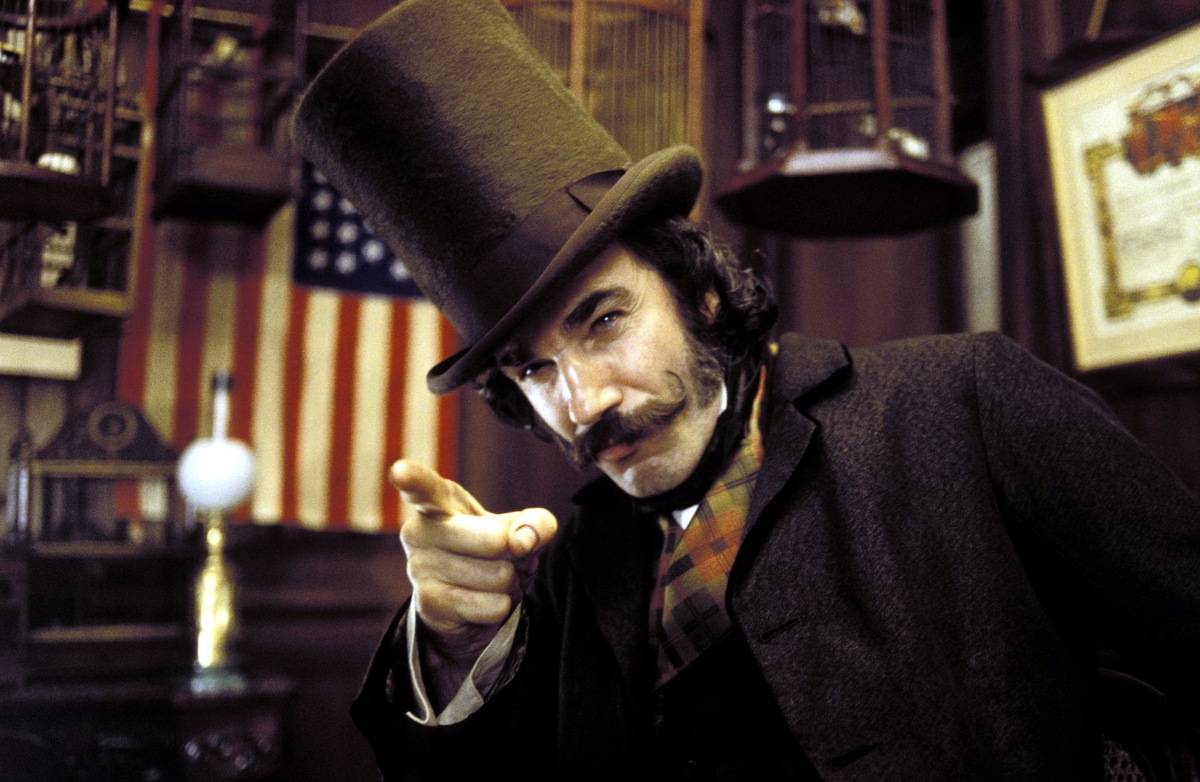
Although Gangs of New York is a fictional story, Martin Scorcese’s crew went to great lengths to accurately recreate the Four Points neighborhood’s size, building materials, and state of decay during the 1860s.
And while he mentioned his quibbles to National Geographic, historian Tyler Anbinder said the movie is largely accurate to the experiences of Irish immigrants at the time. In his words, “When the Irish first came to America, they were persecuted, and they literally did have to fight for their fair share of what America had to offer.”
Glory (1989)
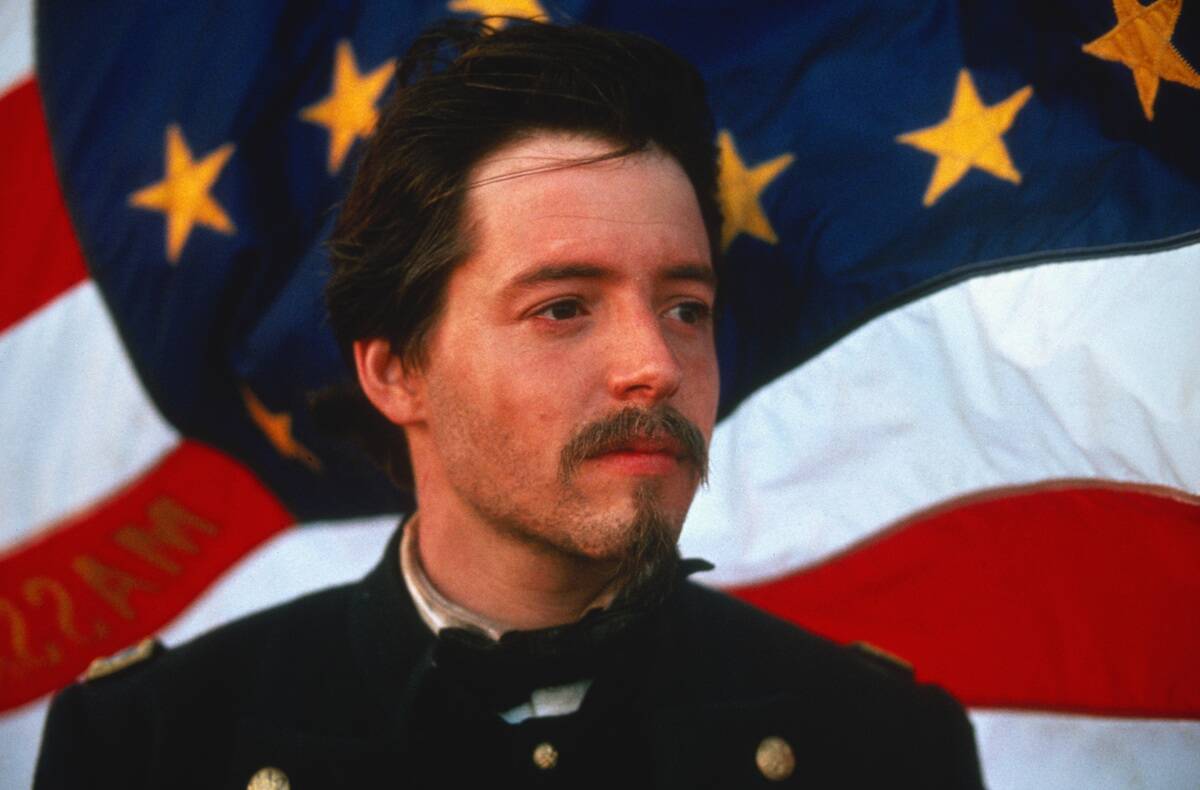
This 1989 film tells the largely forgotten story of the 54th Massachusetts Infantry Regiment, one of the first African American units to fight in the Civil War.
The film’s portrayal of historical figures such as Colonel Robert Gould Shaw adheres closely to their biographies and contemporary accounts, while other characters are fictionalized.
Spotlight (2015)

According to the website, Information Is Beautiful, Spotlight‘s depiction of the Boston Globe’s investigation into the local Catholic diocese’s now-infamous scandals happened largely as it did in the late 1970s.
Some characters were composites of multiple people, but the meetings that the Globe‘s journalists sat down for during their investigations were all documented as happening.
The Pianist (2002)
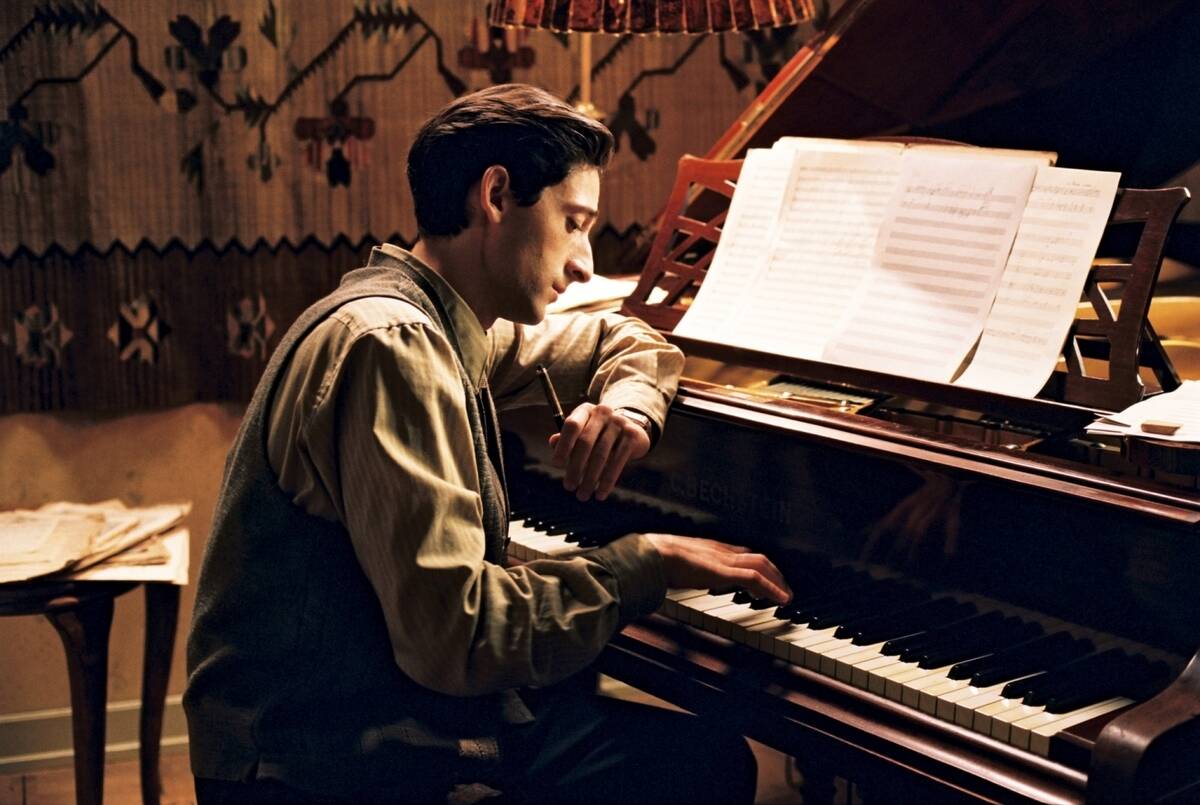
The Pianist tells the true survival story of Wladyslaw Szpilman, a Jewish pianist in Nazi-occupied Warsaw during World War II. The film stays close to the events described in Szpilman’s memoir, and the result is a thoughtful, harrowing, and accurate film.
While Szpilman is the central character, the movie also shows the Warsaw Ghetto Uprising as well as the inhumane treatment that Jews in Poland and elsewhere were subjected to.
Zodiac (2007)
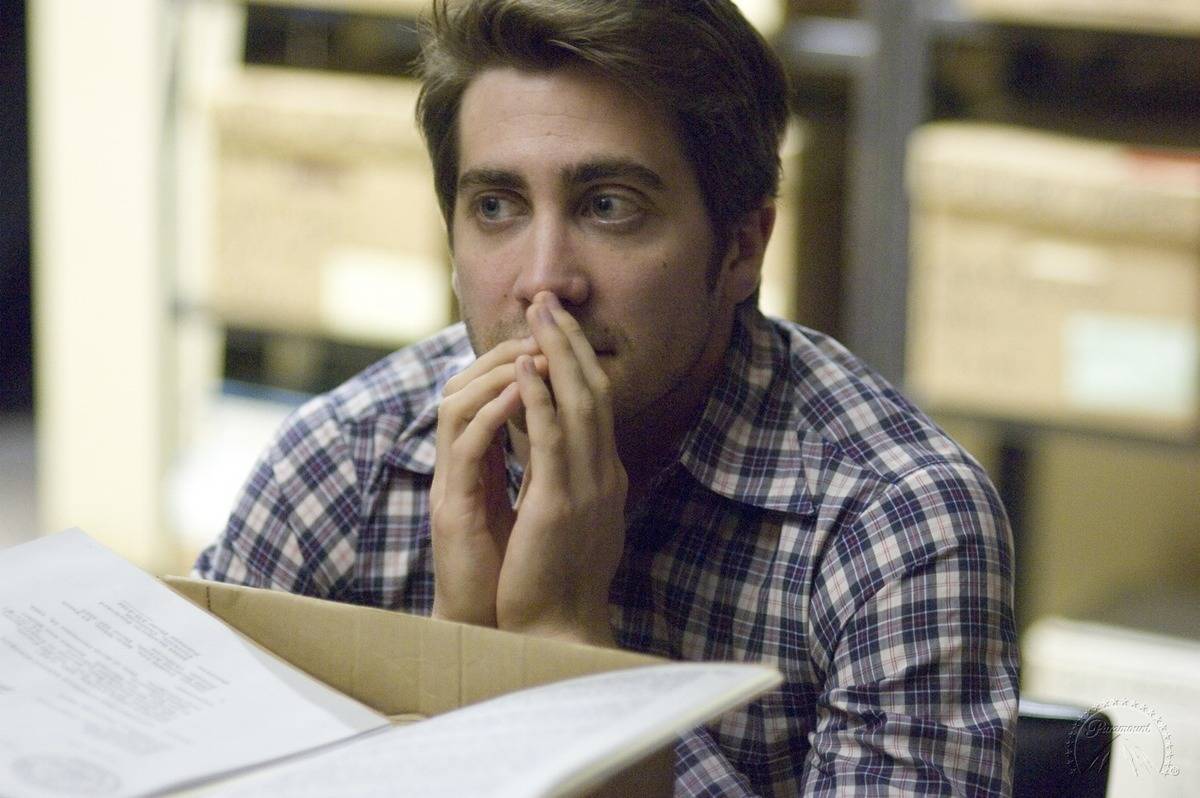
Zodiac chronicles the real-life amateur investigation between 1968 and 1983 by San Francisco cartoonist Robert Graysmith into the infamous Zodiac killer’s slayings.
The Guardian‘s Alex von Tunzelmann credits director David Fincher for his meticulous attention to detail in presenting the facts of the case and for his ability to show restraint when those facts are unclear or in dispute.
The Big Short (2015)
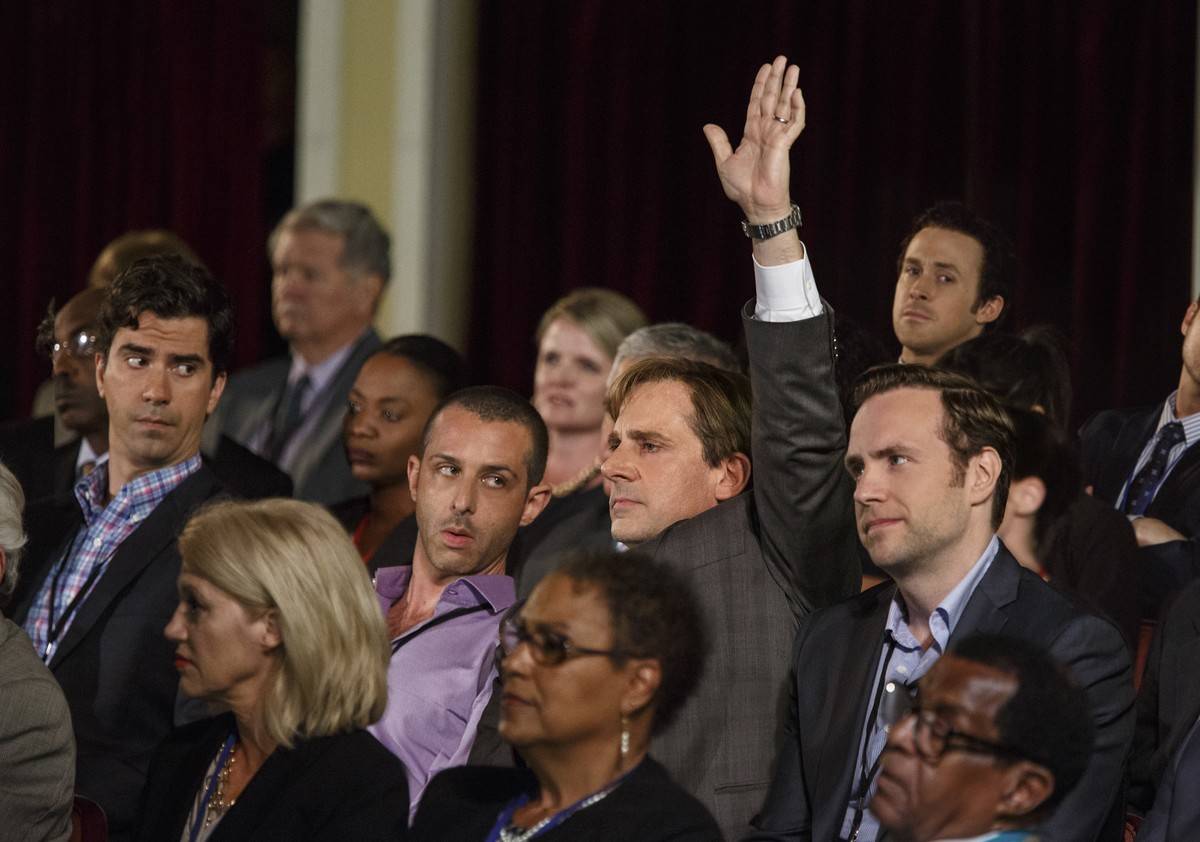
Although some of the property excesses and apparent willful blindness of financial leaders and regulators in the years leading up to the 2008 economic collapse seem exaggerated in The Big Short, the website Information Is Beautiful identified them in detail as true.
Although Steven Eisman (played by Steve Carrell as Mark Baum) had less of a front-line role in his
firm’s investigations than the movie depicted, his interruptions that cut through the financial conferences he attended at the time were all real.
Das Boot (1981)

Judging by what Captain Hans-Joachim Krug (who worked as a consultant for the film) told the U.S. Naval Institute, it sounds like viewers are more likely to get historical accuracy from Das Boot‘s lengthy director’s cut than its theatrical version.
Even so, the claustrophobic and terrifying experiences of a World War II submariner shine through in a powerful way in both versions. However, the pacing of the depth charge attacks in the director’s cut is considered more accurate to real life.
Waterloo (1970)
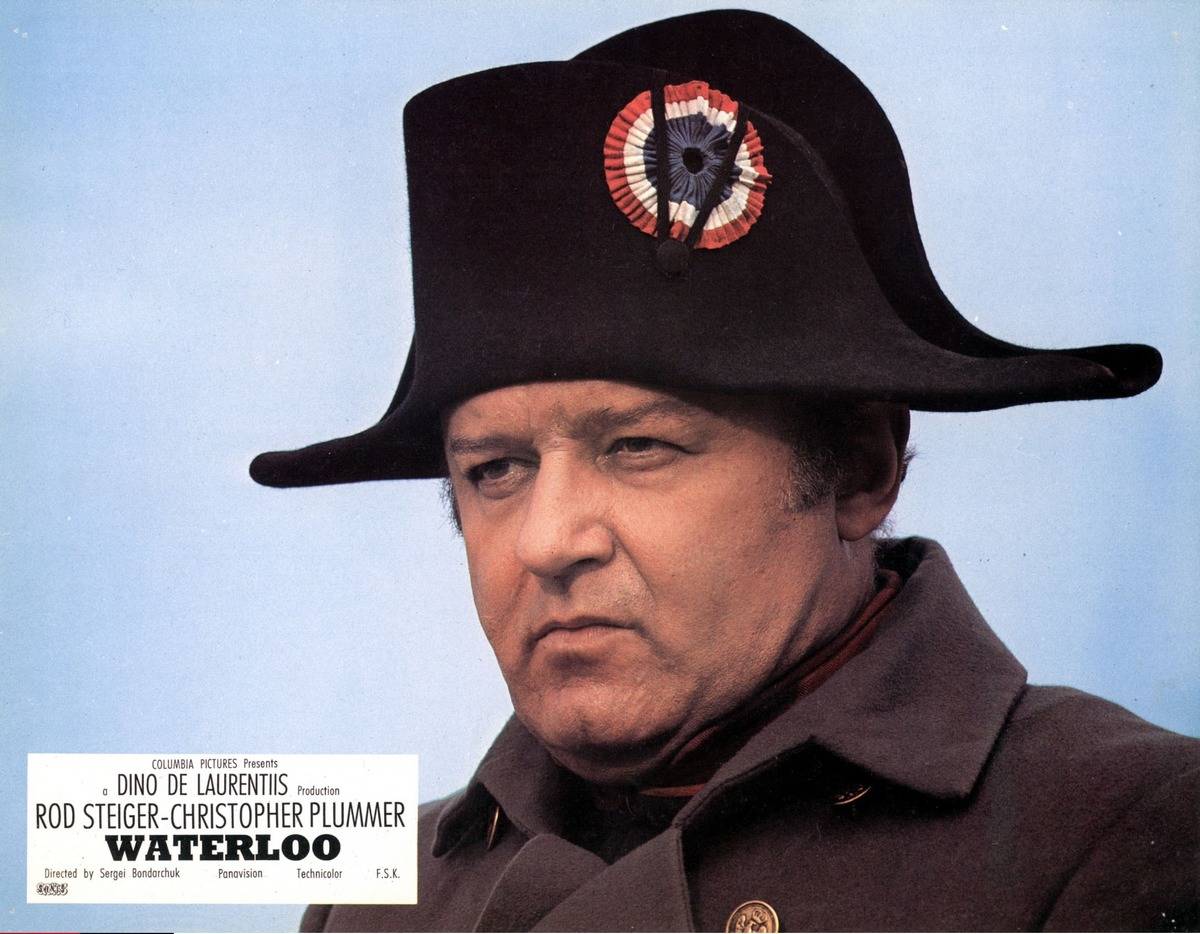
Waterloo is considered a faithful rendition of the hundred days leading up to Napoleon’s final defeat at Waterloo. As Alex von Tunzelmann wrote in The Guardian, “The battle sequences are among the most realistic you’re likely to see anywhere.”
Unfortunately, he also said that this accuracy comes at the cost of dullness, so be prepared for that.
Come and See (1985)
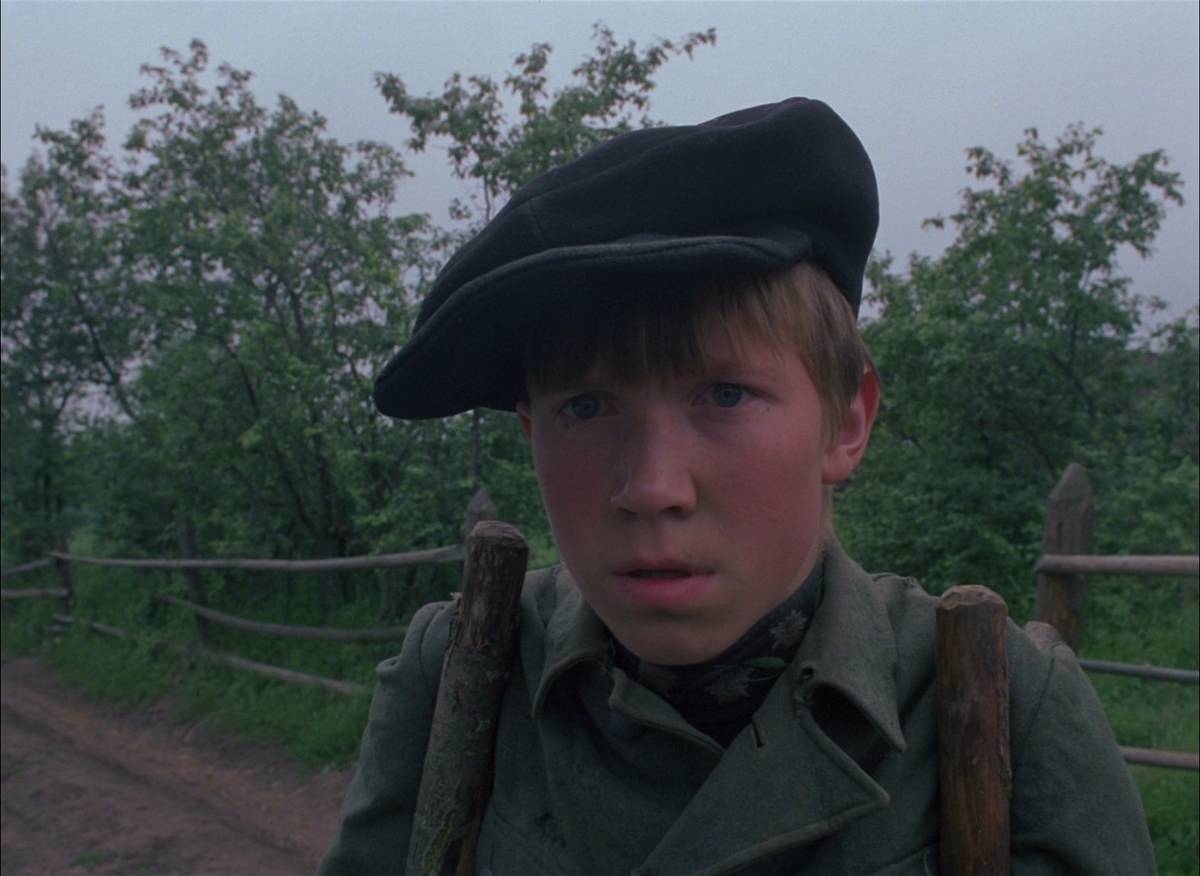
Although this Come And See‘s depiction of a boy joining a Soviet resistance movement during the German invasion in 1941 is infamously hard to watch, that doesn’t make the atrocities featured in the film any less true.
And while it’s considered a factually accurate film, its real strength — as identified by Vanity Fair‘s K. Austin Collins — is in the film’s emotional accuracy as it puts the viewer as close to the horrors its characters experience as any film can.
A Bridge Too Far (1977)
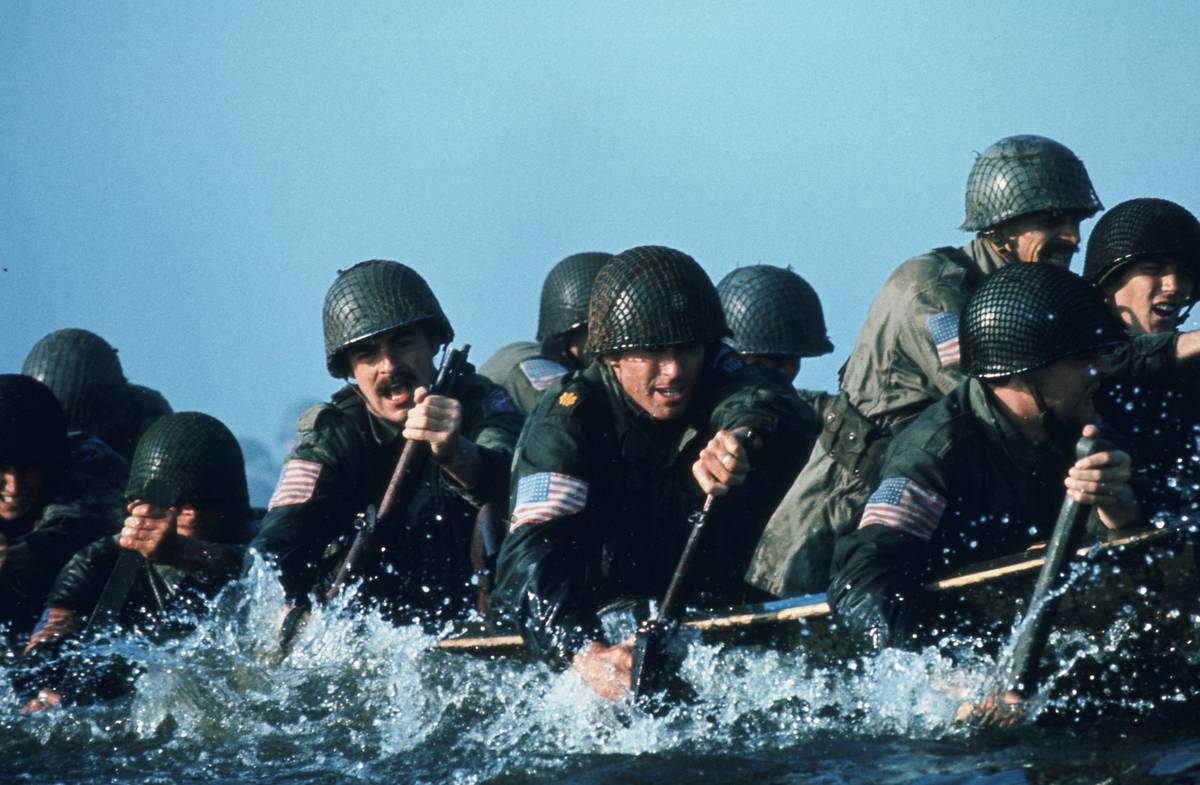
A Bridge Too Far — which chronicles a disastrous attempt by Allied forces to break German ranks by seizing a series of bridges in the Netherlands in 1944 — is largely included in the canon of war movies that pay extensive attention to historical detail.
And Alex von Tunzelmann of The Guardian considered this reputation well-earned. In his words, “Committed second world war buffs may spot microscopic inaccuracies, such as a few anti-tank guns being painted the wrong color, but overall the recreation of the battles was acclaimed by real veterans.”
Bridge Of Spies (2015)

A Bridge of Spies is a Cold War thriller depicting the real-life prisoner exchange brokered by American lawyer James Donovan at the behest of the CIA.
According to the website Information Is Beautiful, the film accurately depicts the incidents that led to pilot Francis Gary Powers’ capture. It also accurately portrays gadgets and techniques that intelligence agencies would have used at the time.
Fury (2014)

Fury follows a Sherman tank crew heading behind enemy lines during the final months of World War II. Soon after the movie came out, The Guardian asked a real Sherman radio operator named Bill Betts how accurate the movie was.
And he said the movie was realistic in depicting the main crew’s Sherman as being outgunned by German tanks at the time. In Betts’ words, “In open combat, we never had a chance. So, like in Fury, we always had to be one step ahead.”
The Baader-Meinhoff Complex (2008)
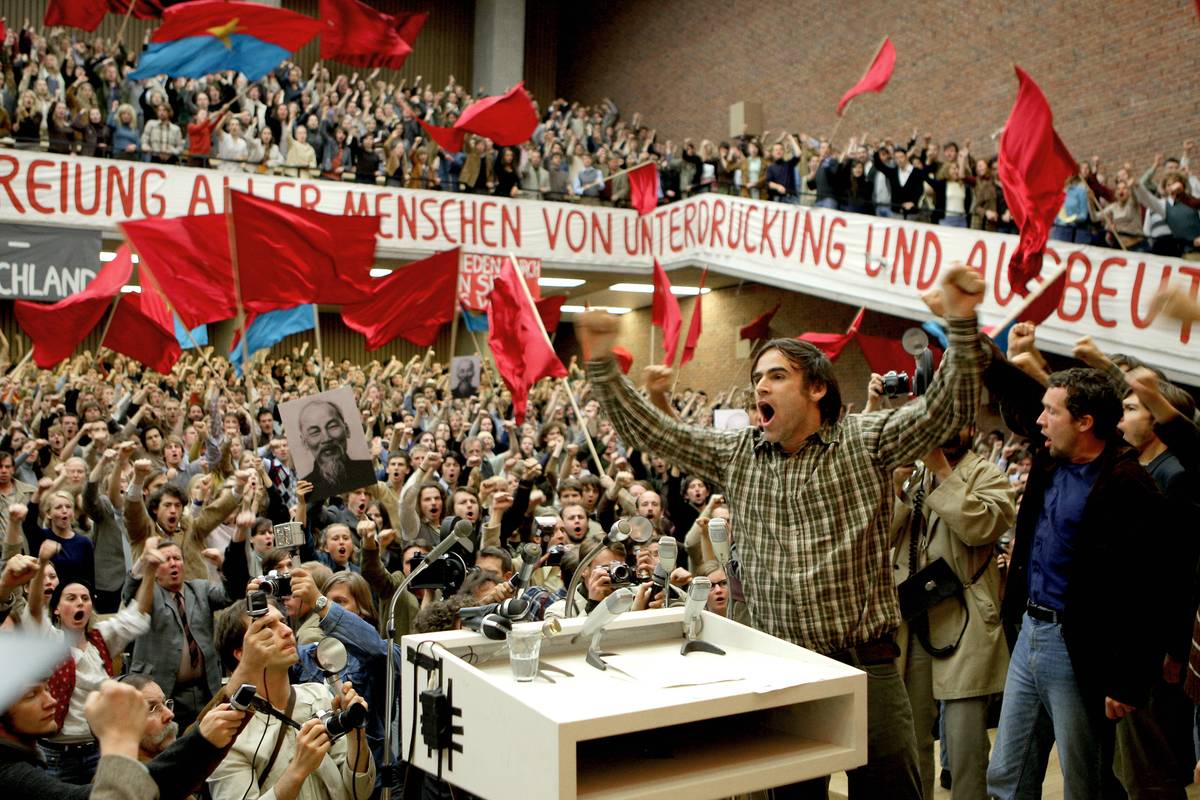
The Baader-Meinhoff Complex chronicles the actions of a terrorist group called the Red Army Faction that wreaked havoc on the German elite during the 1970s. If anything, it may be too historically accurate for its own good.
According to The Guardian, Frankfurter Allgemeine editor Frank Schirrmacher described the movie as authentic to a “heartbreaking” degree. Many family members of the group’s victims also criticized the filmmakers for not warning them of the movie’s contents and felt revictimized as a result.
The Battle of Algiers (1966)
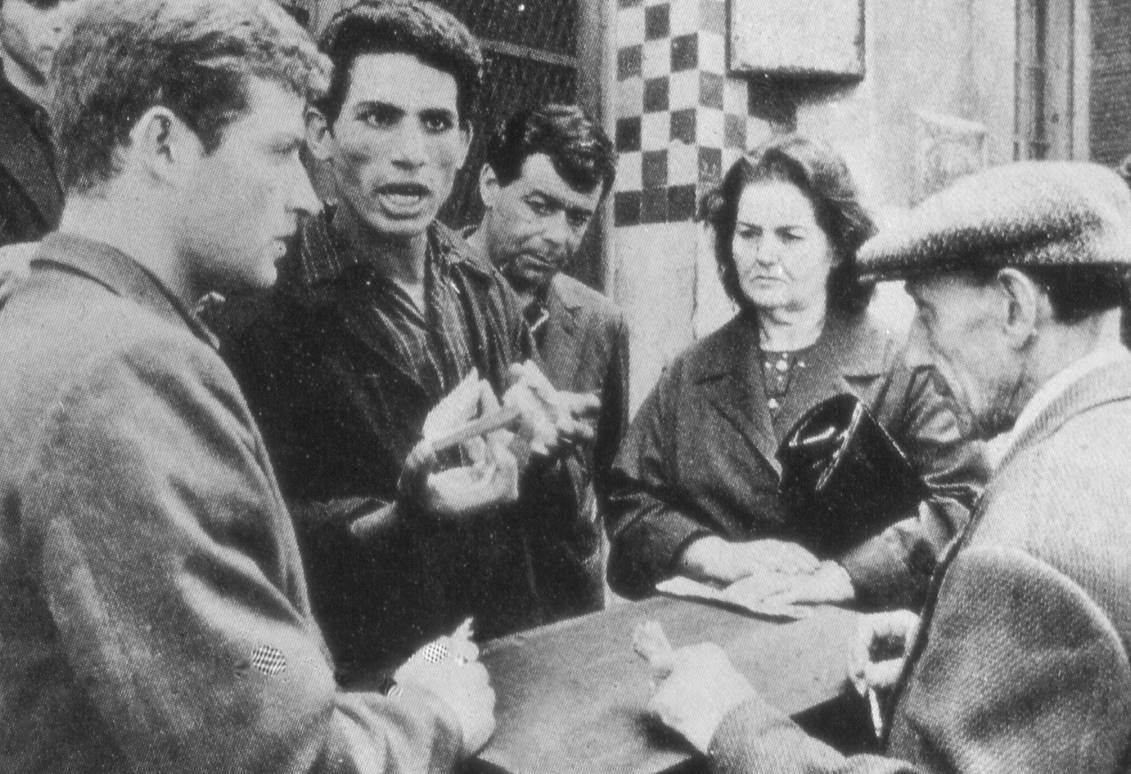
The Battle Of Algiers chronicles the resistance efforts of the Algerian Front de Liberation Nationale to overthrow French colonial rule, as well as the atrocities its members experienced at the hands of French forces.
Although it was initially banned in France for these depictions, the film has maintained such a sterling reputation for historical accuracy that rebel groups and governments alike used it as a training film as recently as half a century after its release.



